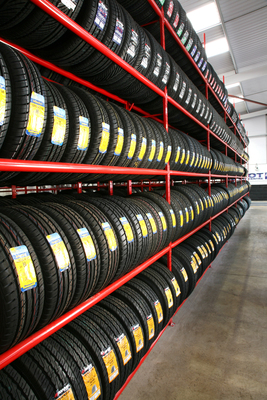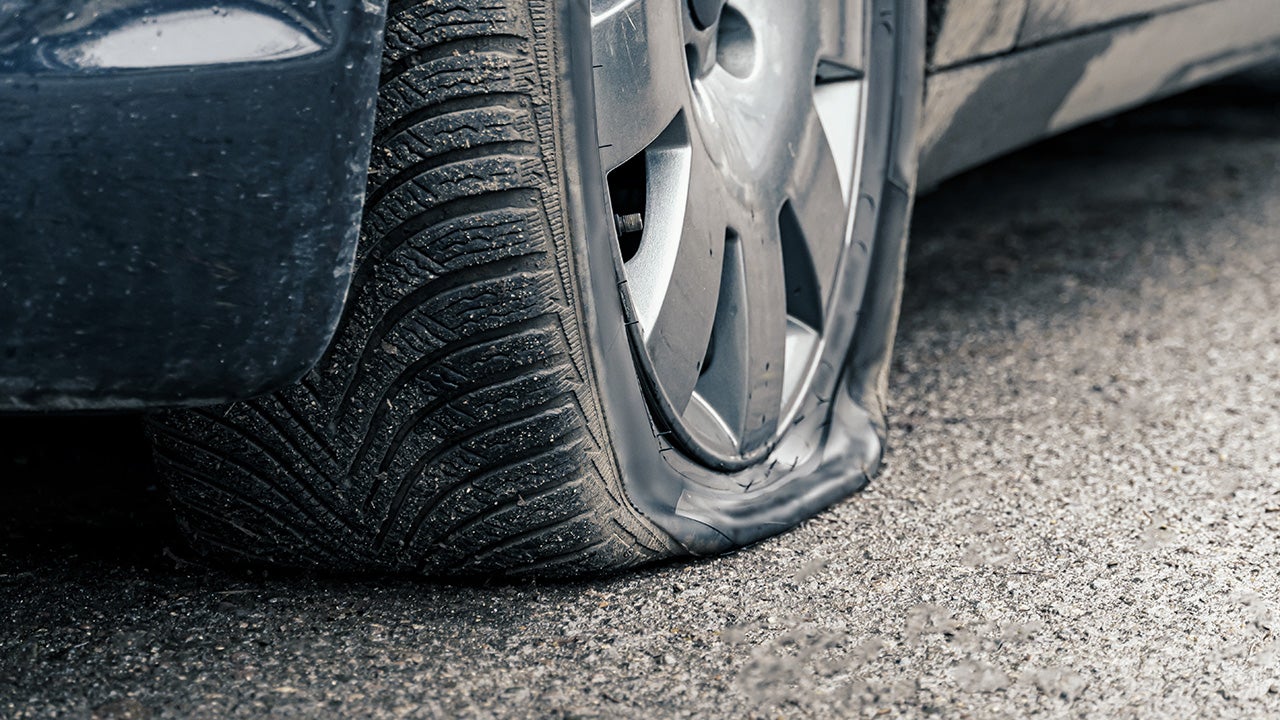All Categories
Featured
Table of Contents
The Michelin provided a comfortable driving experience, characterised by responsive guiding and a progressive understeer equilibrium. In spite of the cooler screening conditions, Michelin's constant time and hold over three laps indicates its suitability for real-world applications.
Another remarkable facet was Yokohama's warm-up time. The tyre's initial lap was a 2nd slower than the 2nd, indicating a temperature-related hold increase. This recommends the Yokohama might radiate in dry, race-like conditions. For day-to-day use, the Michelin might be a more secure wager. Next off in line was the Hankook.
Best Performance Tyres – Girrawheen
It shared Michelin's risk-free understeer balance but did not have the latter's readiness to transform. Continental and Goodyear's performances were noteworthy, with Continental's new PremiumContact 7 showing a significant renovation in wet conditions contrasted to its predecessor, the PC6. This design was far much less delicate to fill modifications and acted similar to the Michelin, albeit with a little much less interaction at the restriction.
It integrated the secure understeer equilibrium of the Michelin and Continental with some sporty handling, confirming both predictable and quick. As an all-rounder for this Golf GTI, Goodyear's Uneven variety was the standout, showing remarkable performance in the wet. Lastly, the Bridgestone Potenza Sporting activity took the crown as the fastest tyre, albeit by a tiny margin.
This tire obtained grippier as it heated up, similar to the Yokohama. Drivers looking for an interesting wet drive might discover this tyre worth thinking about. The standout performer in damp stopping was the most recent tire on examination, the PremiumContact 7, though the outcomes are nuanced. We performed wet braking examinations in three different ways, twice at the new state and when at the used state.
Affordable Tyre And Wheel Services Near Me – Girrawheen WA
Ideally, we desired the cold temperature level test to be at around 5-7C, but logistical hold-ups suggested we checked with an ordinary air temperature level of 8C and water at 12C. While this was cooler than typical test conditions, it was still warmer than real-world conditions. The cozy temperature test was done at approximately 18C air and 19C water.
The third run entailed wet stopping tests on worn tyres, specifically those machined down to 2mm with a little altercation. While we meant to do more with these worn tires, climate restraints limited our testing. However, it's worth noting that wet braking is most critical at the used state, as tyres typically improve in dry problems as they use.

It shared the most significant performance decline, alongside the Yokohama, when worn. Bridgestone, Goodyear, and Michelin saw the least efficiency reduction when put on. Bridgestone and Goodyear's performance dipped in cooler problems. The Hankook tyre signed up the smallest efficiency decline as temperatures cooled, however it was amongst one of the most impacted when worn.
Leading High-quality Tyres ( Wanneroo)
The take-home message below is that no single tire mastered all elements of wet braking, suggesting a complicated interplay of elements affecting tyre performance under various problems. There was a standout tyre in aquaplaning, the Continental finished top in both straight and rounded aquaplaning, with the Michelin and Goodyear also very good in much deeper water.

Yokohama might profit from somewhat even more grip, an issue potentially affected by the colder conditions. When it comes to handling, all tyres carried out within a 2% array on the lap, demonstrating their premium efficiency (Tyre servicing). Nevertheless, thinking about these tires basically target the very same customer, it interests observe the significant differences in feel.
The surprise is because the PremiumContact 6 was just one of my favourites for sporty completely dry drives, yet its follower, the PremiumContact 7, seems elder and looks like Michelin's efficiency. Amongst these, Hankook was the least accurate in guiding and interaction at the limit. Tyre installation. Both Michelin and Continental offered wonderful initial guiding, albeit not the fastest
If I were to recommend a tire for a fast lap to a novice, say my papa, it would be one of these. We have the 'fun' tyres, namely Yokohama and Bridgestone. Both were quick to guide and really felt sportier than the others, however the compromise is a much more lively rear end, making them extra difficult to take care of.
High-quality Tyres Near Me – Girrawheen
It supplied comparable steering to Bridgestone however provided far better comments at the limitation and much better grip. The Bridgestone Potenza Sport, nevertheless, seemed to weaken quite swiftly after just three laps on this demanding circuit. There's Goodyear, which positioned itself somewhere between the enjoyable tyres and those having a tendency towards understeer.
All in all, these tires are exceptional entertainers. In terms of tire wear, the method used in this examination is what the market refers to as the 'gold standard' of wear.
Both the Bridgestone and Yokohama tires dramatically underperformed in comparison to the various other four tires in terms of rolling resistance, with Continental somewhat outmatching the rest. Relating to the comfort degree of the tyres, as prepared for, many showed an inverse connection with handling. The Continental, Michelin, and Goodyear tyres performed best across numerous surface kinds tested.
Bridgestone began to reveal indicators of firmness, while Yokohama was particularly jarring over pits. We did gauge inner noise degrees; however, as is commonly the instance, the outcomes were carefully matched, and because of weather restrictions, we were incapable to conduct a subjective analysis of the tires noise. Lastly, we took a look at abrasion figures, which gauge the quantity of tire tread lost per kilometre, normalised to a one-tonne car.
Top Performance Tyres
This number stands for the amount of rubber dirt your tires create while driving. Michelin led in this group, producing over 9% less rubber particulate matter.
Table of Contents
Latest Posts
Honest Discount Car Tyres – Koondoola 6064 WA
Wheel Balancing
Leading Tyre Tuning
More
Latest Posts
Honest Discount Car Tyres – Koondoola 6064 WA
Wheel Balancing
Leading Tyre Tuning